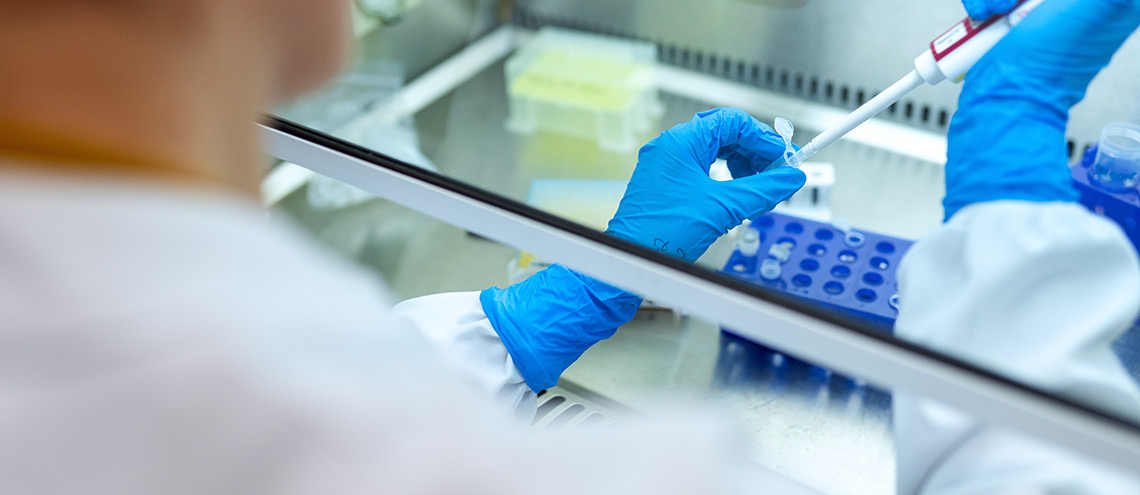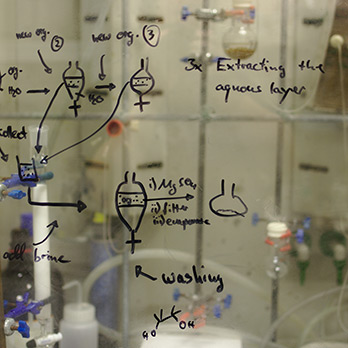Why are labs now looking at town centres?
Even before the global pandemic, the level of investor and developer interest in the life science commercial property sector had increased. It has been an ‘alternative’ commercial property sub-sector, in most cases, developed by specialist investors/developers, but now there is interest from all types of investors and/or developers looking to review the opportunities. Of course, the need for the global scientific community to deliver a vaccine for Covid-19 has also intensified the focus and interest in the science-related property sector even further with the past six months seeing an explosion of interest from investors looking to diversify their portfolios to capture the expected increase in demand from life science companies.
So what does this mean for the retail commercial property markets in the UK? There are three key driving factors, which are worth reviewing in turn.
Firstly, the fact is, demand from life sciences companies for additional floorspace will increase in the medium-term. The scale of capital raising, including venture capital, private equity, Initial Public Offerings amounts to £1.8 trillion in the past five years. Why should we care? This capital raising results in companies enacting the next stage of their business. It often requires additional headcount and therefore increasing real estate demand, including laboratory space.
Secondly, in the UK, the life science sector grows from the trinity of academia, corporates and medical institutions, including hospitals. Coupled with this, in the UK, there has also been a trinity of core locations for life sciences namely Oxford, Cambridge and London. However, for Oxford and Cambridge, determined by their historic nature, size and strength of competing uses, means that available sites are not easy to obtain by developers and occupiers.



